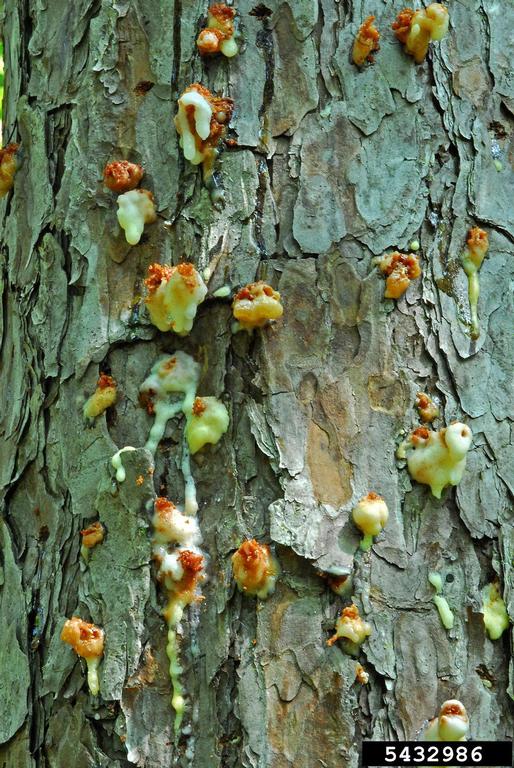Cultural Practices for Reducing Pine Beetle Damage
go.ncsu.edu/readext?572868
en Español / em Português
El inglés es el idioma de control de esta página. En la medida en que haya algún conflicto entre la traducción al inglés y la traducción, el inglés prevalece.
Al hacer clic en el enlace de traducción se activa un servicio de traducción gratuito para convertir la página al español. Al igual que con cualquier traducción por Internet, la conversión no es sensible al contexto y puede que no traduzca el texto en su significado original. NC State Extension no garantiza la exactitud del texto traducido. Por favor, tenga en cuenta que algunas aplicaciones y/o servicios pueden no funcionar como se espera cuando se traducen.
Português
Inglês é o idioma de controle desta página. Na medida que haja algum conflito entre o texto original em Inglês e a tradução, o Inglês prevalece.
Ao clicar no link de tradução, um serviço gratuito de tradução será ativado para converter a página para o Português. Como em qualquer tradução pela internet, a conversão não é sensivel ao contexto e pode não ocorrer a tradução para o significado orginal. O serviço de Extensão da Carolina do Norte (NC State Extension) não garante a exatidão do texto traduzido. Por favor, observe que algumas funções ou serviços podem não funcionar como esperado após a tradução.
English
English is the controlling language of this page. To the extent there is any conflict between the English text and the translation, English controls.
Clicking on the translation link activates a free translation service to convert the page to Spanish. As with any Internet translation, the conversion is not context-sensitive and may not translate the text to its original meaning. NC State Extension does not guarantee the accuracy of the translated text. Please note that some applications and/or services may not function as expected when translated.
Collapse ▲Last week’s article concluded with a brief reference to pine beetles. I suggested that preventative insecticide sprays are not a recommended strategy for pine beetle control on residential properties, but non-chemical cultural practices can significantly reduce the likelihood of infestation. Today we’ll look at some of those recommended practices.
Species selection is a great place to start, especially in planning and planting for the future. Among the pine species commonly found in Eastern NC, shortleaf and loblolly are the most susceptible to southern pine beetle attack, and longleaf is the most resistant. According to the Georgia Forestry Commission, landowners should consider planting longleaf instead of loblolly within its natural range – and we’re definitely within the natural range of longleaf pine.
The Georgia Forestry Commission also stresses the importance of good spacing between pines. This increases the vigor of individual trees, and reduces the rate at which the beetles can spread if an infestation occurs. Good spacing for residential properties would be about 20 to 25 feet between individual pines, which is a distance often cited by entomologists and plant pathologists for reducing both insect and disease problems on pines.
Clearly, this spacing is easier to attain if you start off with relatively young trees, and thin them over time. If you’ve inherited a landscape with numerous large pines in very close spacing, you won’t be enthused about taking down a dozen or more just to attain better spacing. But there may be valid reasons for removing at least some of them, including close proximity to a home, or a fusiform rust gall on the trunk.
Fusiform rust deserves special mention as a very common disease of pines, in particular, loblolly pines. The galls, which represent a point of initial infection of foliage (needle) growth, may appear as swollen, sunken and/or twisted areas on side branches or the trunk. A yellow-orange powdery material will occur in the spring on sporulating gall surfaces. Galls on the trunks of large pines represent a significant structural risk, and affected trees should be evaluated for removal.
Proper mulching can conserve moisture, improve soil conditions over time, and create a mower-free area for exposed surface roots. Unfortunately, the usual approach with pines is to pile the mulch up against the trunk in a volcano or doughnut configuration. Mulched areas should instead be more expansive, with the depth maintained at 3 to 4 inches, and not accumulating against the trunk. A minimal root zone area to rope off during construction or development activities is about one inch per foot of trunk diameter measured at breast height, projecting outwards from the trunk. This would be a great standard for mulching as well when practical to do so.
Speaking of construction activity, any sort of physical damage to the tree, including lightning strikes, can weaken and predispose pines to beetle attack. If damage has occurred recently or at some point in the past, make sure you’ve taken advantage of online pine beetle resources from NC State University, the NC Forest Service, Clemson, or other sources, so as to familiarize yourself with signs and symptoms of a beetle attack.
Providing irrigation during prolonged dry spells is a good idea. However, pines growing in or adjacent to frequently irrigated turf areas may be receiving too much water. Implement an as-needed irrigation strategy for your landscape and turf areas, and you won’t have this problem.
Next week I’d like to address concerns that have been raised regarding home garden cucumbers and the serious disease problem known as cucurbit downy mildew.





